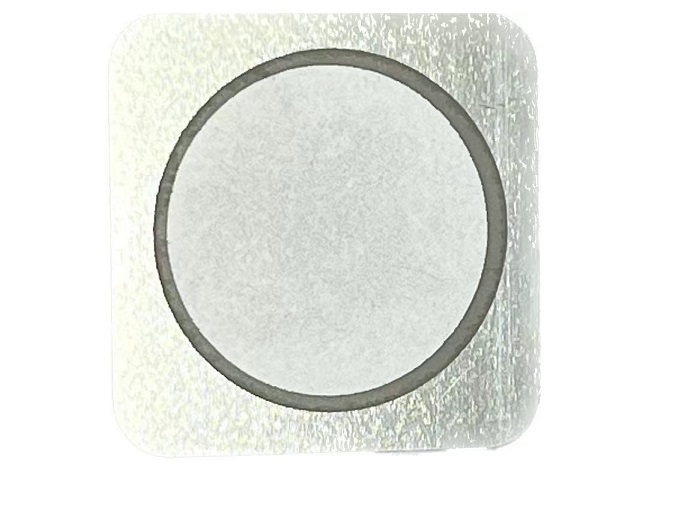The importance of temperature control on the efficiency and lifetime of Piezoelectric Ceramic Plates
 Mar 20, 2023|
Mar 20, 2023| View:690
View:690Piezoelectric Ceramic Plates are important components in a wide range of applications, including sensors, actuators and resonators. This material has the unique property of converting mechanical energy into electrical energy and vice versa. This makes these plates critical in a variety of industries, including medical, automotive, aerospace and telecommunications. However, just like any other material, temperature affects the performance of Piezoelectric Ceramic Plates. In this article, we will discuss the hazards of temperature on Piezoelectric Ceramic Plates and countermeasures to mitigate these effects.

Piezoelectric Ceramic Plates operate at optimum performance when the operating temperature is within a specific temperature range. Beyond this range, the performance of the material decreases, resulting in a decrease in efficiency and yield. The reason for this is that temperature has a profound effect on the crystal structure of the material. The crystal structure of a Piezoelectric Ceramic Plate changes with temperature, which in turn changes the intrinsic electric field and polarization, resulting in a change in the piezoelectric properties of the material. This change in properties leads to deterioration of the plate's operating characteristics.
Piezoelectric Ceramic Plates work best at moderate temperatures. When the temperature exceeds the moderate range, the efficiency of the material decreases and cracks may develop in the plate. Higher temperatures may lead to depolarization of the Piezoelectric Ceramic Plate. Depolarization is the rate at which a piezoelectric material loses its electrodepolarization, resulting in the loss of important properties of the material. Depolarization can be complete or partial, depending on the duration and intensity of exposure to high temperatures.
In addition, high thermal stresses can lead to mechanical stresses, which can exceed the mechanical strength of the plate, leading to its cracking. As a result, temperature extremes pose a significant threat to the service life of Piezoelectric Ceramic Plates, shortening their service life and ultimately leading to economic losses.
To mitigate the effects of temperature, the following countermeasures can be implemented.
(1) Temperature control
Temperature control is the most important step that can be implemented to prevent damage to Piezoelectric Ceramic Plates. Piezoelectric Ceramic Plates should be used in the optimum temperature range to maintain maximum efficiency. Different types of Piezoelectric Ceramic Plates have different operating temperature ranges, and the operating temperature should not exceed the specified temperature range.
(2) Thermal insulation
Thermal insulation is another effective way to reduce the effect of temperature on Piezoelectric Ceramic Plates. By preventing heat from reaching the Piezoelectric Ceramic Plate, the performance of the material is kept within the optimum temperature range. Insulating materials such as insulating pads, sleeves and coatings can be used to prevent direct heat from reaching the Piezoelectric Ceramic Plate.
(3) Incorporation of temperature compensation components
Temperature compensation components are modules designed to counteract any temperature variations that may cause changes in the performance of the Piezoelectric Ceramic Plate. These components counteract the effects of temperature on the plate, thus ensuring that the plate produces a constant output even when the temperature varies.
(4) Use of calibration
Calibration is an effective way to restore the function of depolarized Piezoelectric Ceramic Plates. The process involves applying an electric field to the Piezoelectric Ceramic Plate to restore polarization. Calibration can be full or partial, depending on the degree of depolarization. A fully depolarized Piezoelectric Ceramic Plate requires full calibration, while a partially depolarized one requires partial calibration.
In summary, it is critical to consider temperature when using Piezoelectric Ceramic Plates. Extreme temperature fluctuations, high or low, can cause permanent damage to Piezoelectric Ceramic Plates, resulting in reduced efficiency and output, and a shortened service life. By implementing temperature control, thermal insulation, temperature compensation elements, calibration, etc., we can mitigate the damage caused by temperature to Piezoelectric Ceramic Plates. By implementing these countermeasures, we can maintain optimal performance of Piezoelectric Ceramic Plates, ensuring their maximum efficiency and longevity, and ultimately saving money for individuals and companies alike. If you need more detailed information, feel free to contact us!





